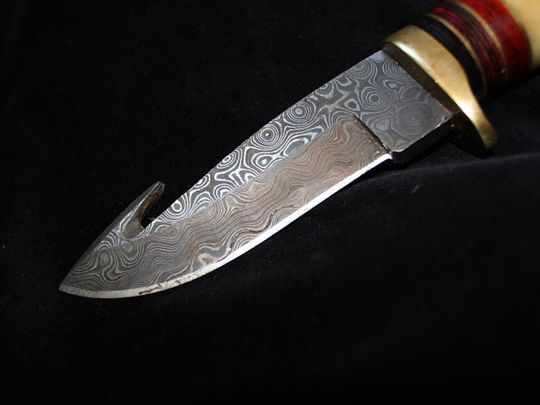
We tend to think of technological innovation as a modern-day concept, but archaeological excavations have revealed – time and time again – that ancient civilisations developed inventions that were centuries ahead of their time.
Click start to play today’s Spell It, where we take a look at what ancient ‘pros’ built and made.
Many ancient super technologies were once lost. But, like in the case of Roman concrete and Damascus steel, they have been recreated by present-day researchers. Still, the fact that such innovations helped civilisations grow and thrive hundreds of years ago, is testament to the ingenuity and scientific potential of the age.
Here are a few such technological innovations to note:
1. Greek fire
Between the 7th and 12th centuries, the Byzantines had a secret weapon. Often used in naval battles, Greek fire was no ordinary fire – once ignited, it could not be extinguished. In the form of a liquid, it was shot through siphons. Even after entire fleets burned down, the sea itself would remain ablaze. No recipe for Greek fire survives, but historians speculate it may have involved petroleum (the most likely candidate), sulfur or gunpowder, and could only have been put out by vinegar or sand. Even more impressive than the Greek fire itself, was the design of the pressure pump, which the Byzantines used to launch the destructive ammunition at their enemies. Even today, researchers struggle to recreate a historically accurate pump that could launch its contents far enough to hit ships at a distance of several hundreds of metres.
2. Antikythera mechanism
When divers were looking for sea sponges off the coast of Antikythera, a small Greek island, in 1901, they came across sunken wreckage from thousands of years ago. What they found turned out to be the Antikythera mechanism – a contraption that was in poor condition, but seemed to comprise some 37 bronze gears, storied inside a wooden box. Over 2,200 years old, the mechanism was initially thought to be an ancient computer. Later, in the 1970s, historians concluded that it was a kind of cosmic clock called an orrery, which calculated and tracked celestial time through a model of the solar system. Attempts to recreate the ingenious invention have revealed its mindboggling complexity. The mechanism used Babylonian astronomy, maths from Plato’s Academy and ancient Greek astronomical theories to calculate events like the phases of the moon, the Olympiad cycle, the ecliptic longitudes of the moon and sun and other things.
3. Damascus steel
Originating in the Middle East during the ninth century, Damascus steel was renowned for its appearance, and for being multiple times stronger, sharper and more durable than Western swords. The name ‘Damascus’ means ‘a well-watered land’, and the sword was named as such, both for the city from where it originated, and to reflect the flowing pattern that adorned its surface. The pattern was made when the sword was forged with small ingots of wootz steel, obtained from India, Sri Lanka or Iran. The steel was then melted with charcoal and cooled at a very slow rate. Today, it would be impossible to truly replicate authentic Damascus steel since wootz steel is no longer available. The demand for Damascus steel swords remained high for centuries, until such weapons were replaced by firearms in the early 19th century.
There are plenty of other ancient innovations that still amaze historians.
Which is your favourite? Play today’s Spell It and tell us at games@gulfnews.com.





